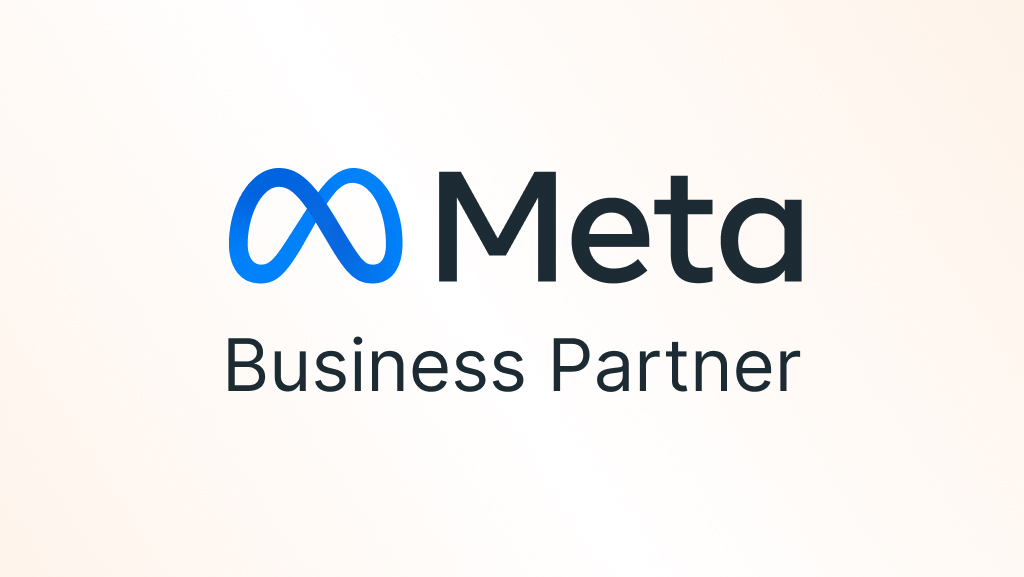In the present era, which is rapidly changing and developing through the digital world, influencer marketing has emerged as one of the main constituents of brand success. From beauty vloggers on YouTube to niche experts on LinkedIn, there is no end to their influence on how brands now reach out to their target audience. But let’s explore the basics before knowing about tactics: What is digital marketing, and where does it fit in influencer marketing Strategies?
What Is Influencer Marketing?
Influencer marketing is a strategy through which a brand collaborates with online influencers to promote its message, product, or service. The former has established credibility with their audiences; hence, an influencer’s word is worth more than traditional advertisements.
There could be no denying that this strategy is an essential subset of what is digital marketing and could provide an empowering channel for brands to access their audiences in the form of storytelling, social proof, and authentic engagements.
Why Influencer Marketing Works
Influencers command trust, relevance, and community loyalty. This leads to:
- Higher engagement rate than branded content.
- Authentic endorsements.
- Better reach among niche communities.
- A direct connection to the target audience.
Influencers drive real impact on purchase decisions through product reviews, tutorials, or lifestyle posts.
Types of Influencers
To build an effective influencer marketing strategy, brands must first choose the right type of influencer. Influencers can be categorized based on their follower count:
- Nano Influencers (1K – 10K followers)
Typically, they display very high engagement rates with their small communities.
- Micro-Influencers (10K – 100K followers)
Excellent for marketing towards specific niche audiences; often willing to review your product for free.
- Macro Influencers (100K – 1M followers)
It has a high reach and a fairly defined audience.
- Mega/Celebrity Influencer (1M+ followers)
The best type of Myths Proof over reality campaigns yet loses almost effectiveness in more authentic settings.
Choosing the right type depends on your brand goals, budget, and target audience.
Influencer Marketing vs Traditional Marketing
Unlike banner ads or paid search, influencer marketing thrives on trust and relatability. Traditional ads talk to customers. Influencers converse with them. It is also a large part of what is digital marketing, with storytelling at the scale of huge numbers.
Types of Content Marketing in Influencer Campaigns
Influencer marketing overlaps closely with various types of content marketing. Here are some content types commonly used:
- Product Feedback: Real honesty in your offerings.
- Giveaways and Competitions: Create traffic and buzz.
- Tutorials or How-tos: Train and promote.
- Unboxing: Good for launch.
- Behind the scenes: Transparency builds trust.
By blending different types of content marketing, brands can keep the campaigns fresh and interactive.
How to Create a Winning Influencer Marketing Strategy
Now that we’ve laid the foundation, here’s how to create a compelling influencer marketing strategy:
Define Your Goals
Do you want brand awareness, more traffic, better sales, or app downloads? Defining this shapes every part of the strategy.
Know Your Audience
Deeply understand your target audience—their interests, the platforms they use, and the type of influencers they follow.
Choosing the Appropriate Influencers
From Influencer Marketing Hub to in-house research, influencers must be tested for brand values and voice match. Relevant considerations include:
- Relevance of content
- Engagement rates
- Demographics of audience
- Previous partnerships
- Micro-influencers are usually cost-effective and useful for smaller brands.
Settle on Forms of Payment
Most influencers-micro influencers tend to pay attention to earning free samples in exchange for posting about something. Others will require payment depending on their reach and niche.
Create a Creative Brief
Influencers should be guided regarding key messages, hashtags, features of the product, and the goals as well, but leave room for their own creativity because authenticity has been shown to matter much more than perfection.
Track KPIs and Performance
Monitor the success of your campaign using KPIs like:
- Click-through rate (CTR)
- Engagement rate
- Conversions/sales
- Follower growth
- Brand mentions
Use tools like Google Analytics and Influencer Marketing Hub for accurate reporting.
Stay Compliant
Always ensure that influencers disclose paid partnerships or sponsorships. It’s both ethical and required by law.
How to Find Influencers That Fit Your Brand
Finding the right influencer isn’t just about follower count—it’s about alignment. Here are some effective ways to find influencers:
- Use discovery platforms like Influencer Marketing Hub
- Search relevant hashtags on Instagram or TikTok
- Monitor who’s tagging or mentioning your brand already
- Collaborate with agencies if the budget allows
Influencer Marketing for Startups & Small Brands
For startups, influencer marketing generates a better ROI versus traditional ads. Sending free products to micro or nano influencers can really raise awareness without costing much. It also results in valuable user-generated content (UGC) that can be used across channels.
What to Avoid in Influencer Marketing
- The followers can be counted, but then, how is one perceived on authenticity and engagement rate?
- One-time collabs do not work; it takes time for long-term partners to build trust with consumers.
- Ignoring influencers with fake followers and spammy engagement is important.
- Do not oversee their creative work – the influencer knows best how to communicate with their audience.
Why Choose SHAG INFOTECH for Digital Marketing?
SHAG INFOTECH helps your digital campaigns with unmatched expertise in organic and strategic growth. Whether you’re learning about digital marketing for the first time or are into developing complex influencer marketing strategy, SHAG INFOTECH offers complete solutions. Its tailored approach ensures your message lands in front of the right audience, from the first steps of influencer outreach all the way to analytics. Anchored in its values of transparency, innovation, and ROI-driven results, SHAG INFOTECH makes for the perfect partner for your digital journey.
Conclusion
Digital marketing can be defined as key, while influencer marketing is an ever-evolving facet of it. A good influencer marketing strategy would help connect an organization to its target audience, build brand credibility, and help conversions through credible storytelling. From working with micro-influencers to product drops with free products to other massive activities of content marketing, staying focused on the audience and the objectives of the campaign is key.
The digital landscape keeps evolving, but one thing remains constant: People trust people. Leverage that trust with influencer marketing done right—and let SHAG INFOTECH be your guide.




